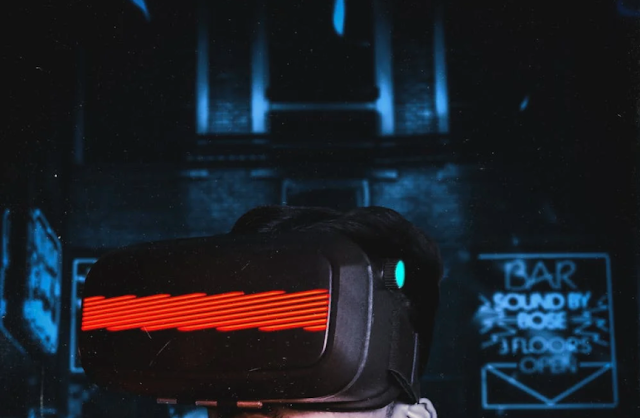Metaverse: Facebook's new avatar - Part 2
In part 1 of the article, we introduced the metaverse and provided a definition of what it consists of and how it works. Let us look at Facebook’s vision of metaverse and who are the other players in the market.
Facebook's vision of metaverse?
The tech giant formerly known as Facebook has already made significant investments in virtual reality, including the 2014 acquisition of Oculus. Meta envisions a virtual world where digital avatars connect through work, travel or entertainment using VR headsets. Zuckerberg has been bullish on the metaverse, believing it could replace the internet as we know it.
As per per news release from Facebook aka Meta, the metaverse will feel like a hybrid of today’s online social experiences, sometimes expanded into three dimensions or projected into the physical world. It will let you share immersive experiences with other people even when you can’t be together — and do things together you couldn’t do in the physical world. It’s the next evolution in a long line of social technologies, and it’s ushering in a new chapter for our company.
Meta builds technologies that help people connect, find communities, and grow businesses. When Facebook launched in 2004, it changed the way people connect. Apps like Messenger, Instagram and WhatsApp further empowered billions around the world. Now, Meta is moving beyond 2D screens toward immersive experiences like augmented and virtual reality to help build the next evolution in social technology.
"The next platform and medium will be even more immersive and embodied internet where you’re in the experience, not just looking at it, and we call this the metaverse," said Meta CEO Mark Zuckerberg last month after revealing the company's rebranding.
Who else is working on metaverse?
There are a few companies that are already working on metaverse for sometime now. Here are a couple of major ones:
Microsoft: The software giant already uses holograms and is developing mixed and extended reality (XR) applications with its Microsoft Mesh platform, which combine the real world with augmented reality and virtual reality. Earlier this month, Microsoft showed off its plans for bringing mixed-reality including holograms and virtual avatars to Microsoft Teams in 2022. Also in the works for next year: explorable 3D virtual connected spaces for retail and workplaces. The U.S. Army is currently working with Microsoft on an augmented reality Hololens 2 headset for soldiers to train, rehearse and fight in. Beyond that, Xbox Live already connects millions of video game players across the globe, too.
Epic Games: Tim Sweeney, CEO of the company that developed Fortnite, has said, "It’s no secret that Epic is invested in building the metaverse." It's held concerts by the likes of Ariana Grande and Travis Scott, movie trailers and music debuts and even an "immersive" re-imagining of Martin Luther King Jr.'s 1963 historic "I Have A Dream" speech. And it's developing photorealistic digital humans with its MetaHuman Creator, which could be how you customize your digital doppelganger in future open-world games.
Roblox: Video game platform Roblox Corporation, which went public this year, envisions the metaverse as a place where "people can come together within millions of 3D experiences to learn, work, play, create and socialize."
Roblox aims to give users and developers ways to create digital worlds. Its CEO has also talked about future shopping and conducting business on the platform, which has its own virtual economy powered by its Robux currency.
NVIDIA: Computer chip maker Nvidia Corporation built its Omniverse platform for connecting 3D worlds into a shared virtual universe. It says Omniverse, which is used for projects like creating simulations of real-world buildings and factories, is the "plumbing" on which metaverses could be built.
Amazon: Ecommerce giant Amazon.com Inc., which is the world's largest cloud services vendor and has multiple media offerings, is also seen as a potential player in the metaverse.
With the metaverse, there are some new building blocks in place, like the ability to host hundreds of people in a single instance of a server (ideally future versions of a metaverse will be able to handle thousands or even millions of people at once), or motion-tracking tools that can distinguish where a person is looking or where their hands are. These new technologies can be very exciting and feel futuristic.




Excellent
ReplyDeleteThank you!
DeleteSuccinct and thought provoko.
ReplyDeleteGlad you liked it. Thank you!
Delete